After Chachapoyas, we knew that Cajamarca had to be our next stop. We’d heard great things about this charming Andean town, brimming with graceful colonial architecture, churches, and hot springs. It’s located in a fertile valley surrounded by tall mountains, is famous for its cheese and dairy products, and its streets are frequented by campesinos (peasants) bundled in brightly-coloured scarfs, and wearing tall wide-brimmed hats, more than they are by other tourists. Yes, this sounded like my kind of town.
Having settled upon Cajamarca as our next destination, we then had a tough decision ahead of us. Which road would we choose to get there?
We could head north via Pedro Ruiz and Chiclayo, a considerably longer , safer, but immeasurably less thrilling route. Or we could brave the astonishingly scenic but hopelessly nerve-wracking mountain road via Celendín. This rough but beautiful road climbs for 32 kilometres through ghostly low level clouds, passing dispersed local communities on its way. Above the clouds , 3678 metres above sea level is Abra de Barro Negro (Black Mud Pass), which offers spectacular views down into the Rio Marañon, 3.5 vertical kilometres below. The road then descends through lush countryside and gorgeous cloud forests towards the village of Balsas, from where it climbs again over a 3085 metre pass, before finally arriving into Cajamarca, 2750 metres above sea level.
Those of you who have already read my article on Leymebamba will know which one I chose.
At the time I thought Lonely Planet were simply over-dramatising the journey, in which,
“your life teeters precariously on the edge of The End around every corner, your only hope that the driver knows the nuances of the road more intimately than he does his own wife.”
If it was that dangerous, the buses wouldn’t be allowed to take the route. Would they?
Following a frustrating day in beautiful, isolated Leymebamba, we awoke the next morning and headed to the Plaza de Armas to catch the 8am bus to Cajamarca. We were armed with avocados and cheese to provide us with some sustenance for the journey, but joked that perhaps some valium would have been a good idea as well.
Bearing in mind that all our bus journeys thus far had been undertaken in minibuses, which seat no more than 25 passengers, and are therefore reasonably adept at making tight turns on narrow mountain roads, I was more than a little concerned when a full size bus arrived to take us to our destination. Concern turned into complete bewilderment when the bus departed with only a third of its seats full.
The one saving grace was the fact that our seats were fitted with seat belts that actually worked. I fastened mine tightly as the ageing bus grumbled into life.
For the first part of the journey we climbed uphill from Leymebamba, the road snaking its way up into the mountains through eerie low-level cloud. Local women and their children hopped on to the bus as it climbed, exiting much further uphill when they reached the town school. Several kilometres out of town, on a winding mountain road, and accessible only by the daily bus that leaves for Cajamarca, this had to be one of the most isolated schools I’ve ever come across. I can only guess that the children must walk home by themselves, as it would be an incredibly long and challenging walk via mountain roads, in order to collect them.
So I spent the first hour of my 9 hours on that bus contemplating the lives of the school children, their teachers and their families, and simultaneously wondering whether our bus and its driver were capable of successfully navigating these narrow, winding, increasingly precarious roads as they meandered their way higher and higher up into the mountains.
The fertile valleys and lush, vegetation-covered peaks soon gave way to more barren landscapes and plentiful cactii began to appear on the slopes. As I looked out the window I could trace the narrow, snaking track we’d just travelled upon, I could see the cloud-covered peaks, and I could look down upon the Rio Marañon, several kilometres below me, meandering its way through the distant valley.
With views like these stretching out before me, it was very easy to lose sight of my fears. It was also very easy to forget that I was travelling in a bus which possibly hadn’t been serviced for years, on roads barely wide enough to accommodate it.
I was promptly reminded of this fact shortly afterwards when a series of landslides had collapsed the road in front in several places, one of which was on a tight corner where the driver had to perform a 10-point turn in order to get around it. Stu was brave enough to look out the window, only to inform me that I probably didn’t want to do the same. I had already disappeared over the other side of the bus in a desperate attempt to redistribute the weight.
There were also a few other occasions when my heart was in my mouth – tight bends, sheer drops, and passing traffic that forced the bus to reverse. Considering Peruvians drive on the right hand side of the road, and that for the most part of the journey the right hand side was the cliff edge side, every time we met a car travelling in the opposite direction, my heart raced and I started praying to a God I don’t even believe in, that my seat belt would save me.
As we left Black Mud Pass, the scenery changed once again. We descended from barren mountainous landscapes into lush countryside and beautiful cloud forests. For me this was the most spectacular leg of the journey, the weather was better, the roads were better, and my confidence in our driver had grown quite substantially. By this point I was really enjoying the ride and I was so glad we’d chosen to take this route over the significantly less scenic and more uneventful one.
However we weren’t out of the woods yet. Just outside Celendín we were diverted off the reasonably good tarmac road on to what can only be described as nothing more than a dirt track. This slowed the bus (which, even when it was brand new – probably 20 or more years ago – was most certainly not built to be an off-road vehicle) right down. Tree branches scratched the sides of the windows as we drove past, pigs wallowed in muddy drainage channels, and women wearing full skirts and traditional hats carried milk churns across the fields.
We drove on rough roads through agricultural scenery for what seemed like forever, the night gradually closing in around us, and eventually arrived into Cajamarca just after 6pm – a whole 10 hours later.
As I got off the bus, desperately needing to stretch my legs and grab a good meal and a strong coffee, I thanked our driver probably more than I’d really needed to. However, I was not only pleased that he’d driven safely and carefully the whole way (for 10 hours pretty much non-stop, save for a short break in Celendín), and got us to Cajamarca in one piece, but also for the fact that, if it weren’t for the confidence he ultimately instilled in me, I would not have been able to appreciate the spectacular scenery in all its awe-inspiring glory.
Yes the journey may be a little very nerve-wracking in places, but it’s so totally and utterly worth it 🙂
Have you ever completed a similarly nerve-wracking bus or train journey? Where was it? Are you glad you did it or was it one of those “never again” moments?
If you like this article, please follow along on Facebook or Twitter


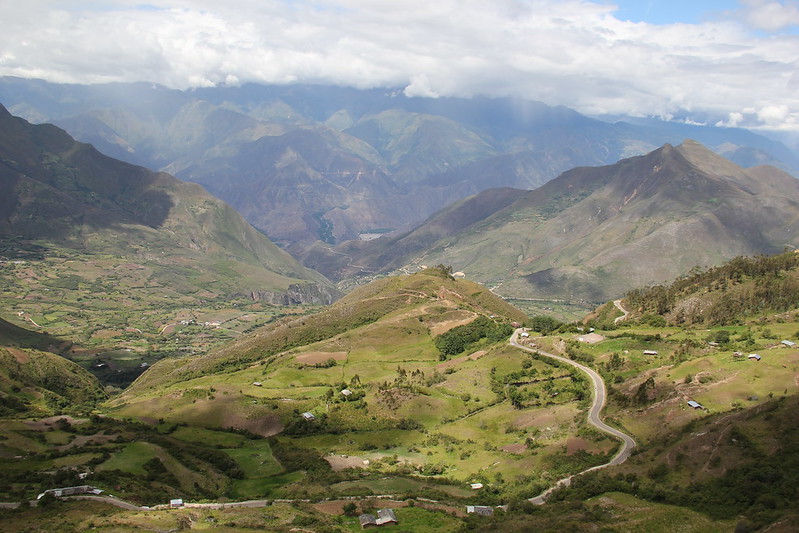

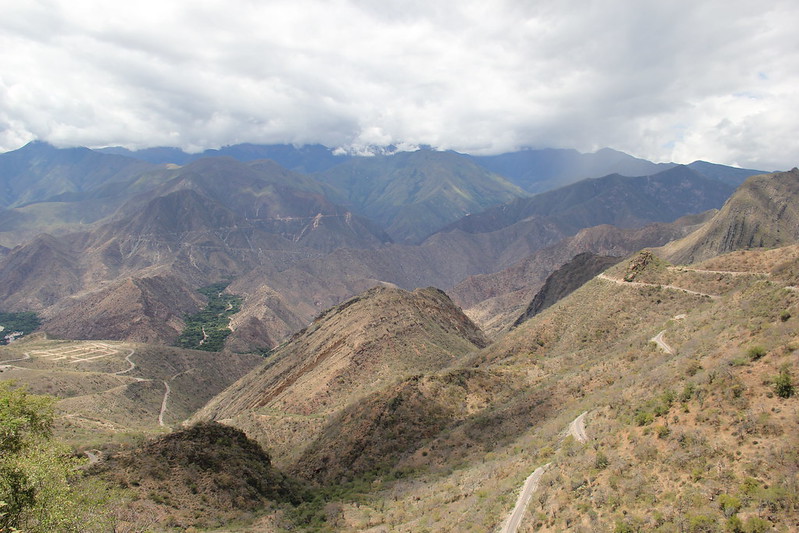
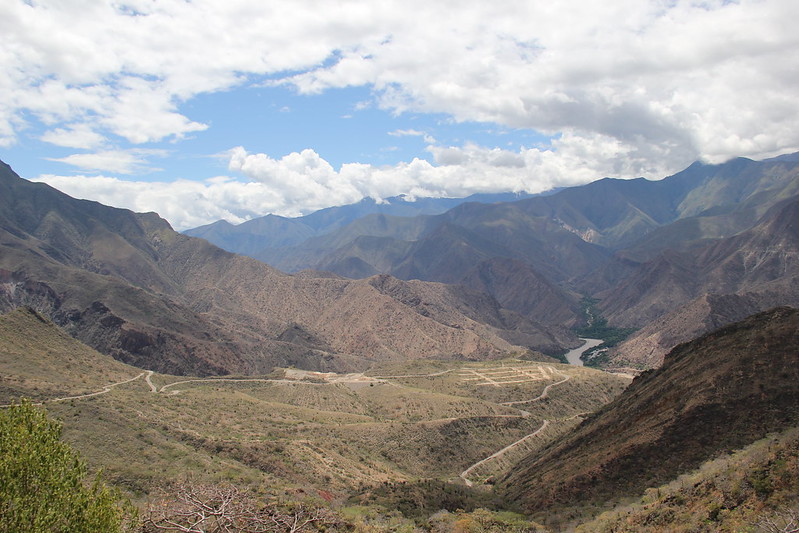
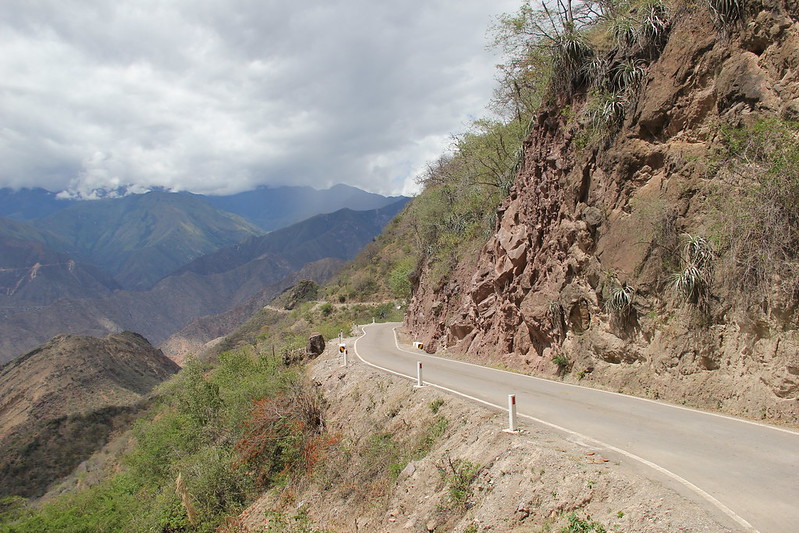

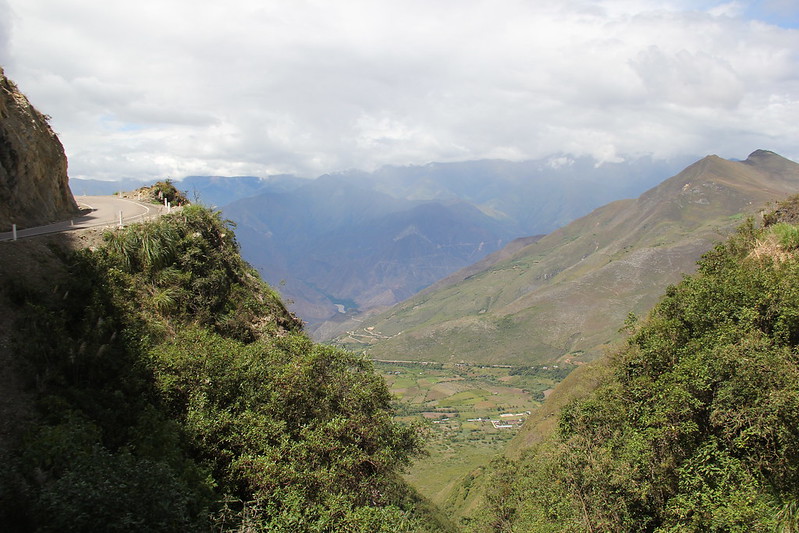
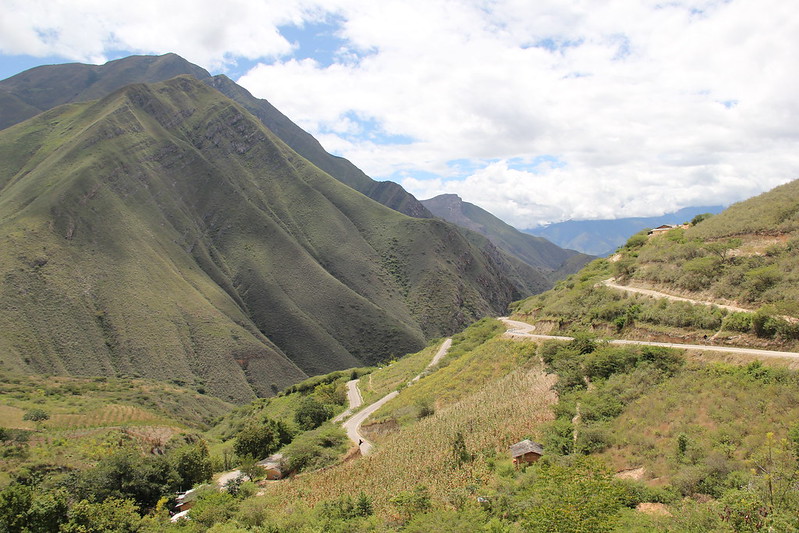
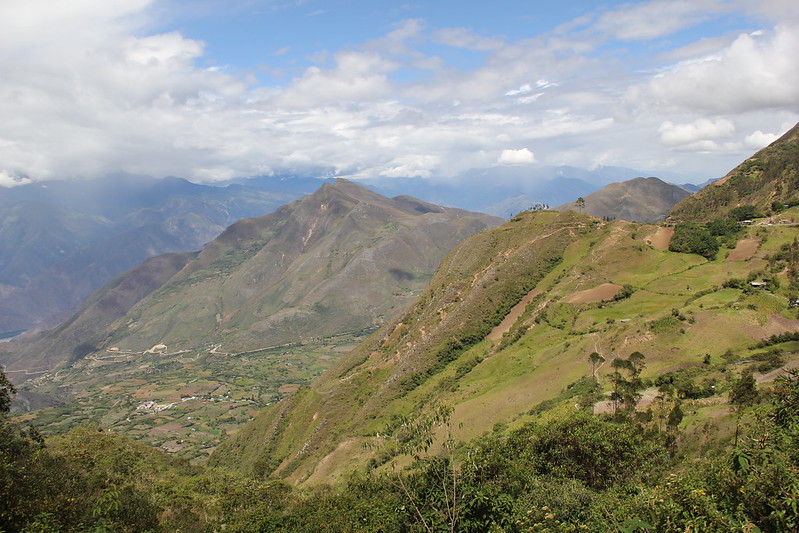
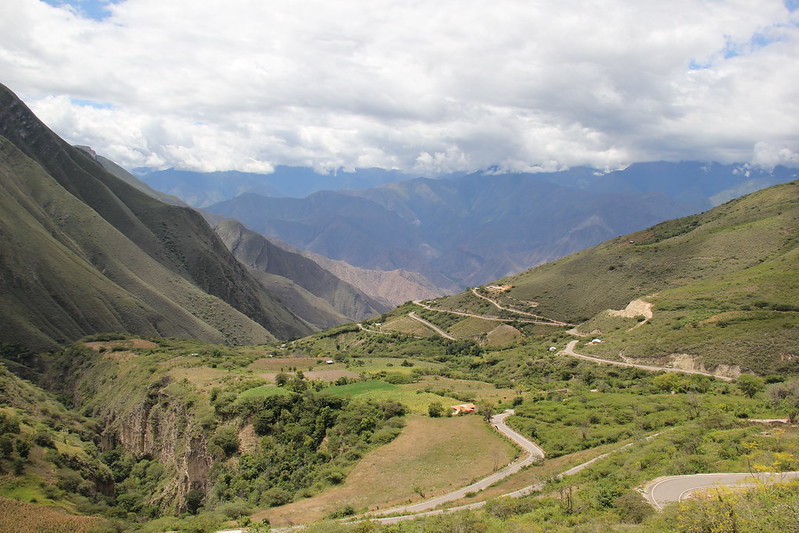
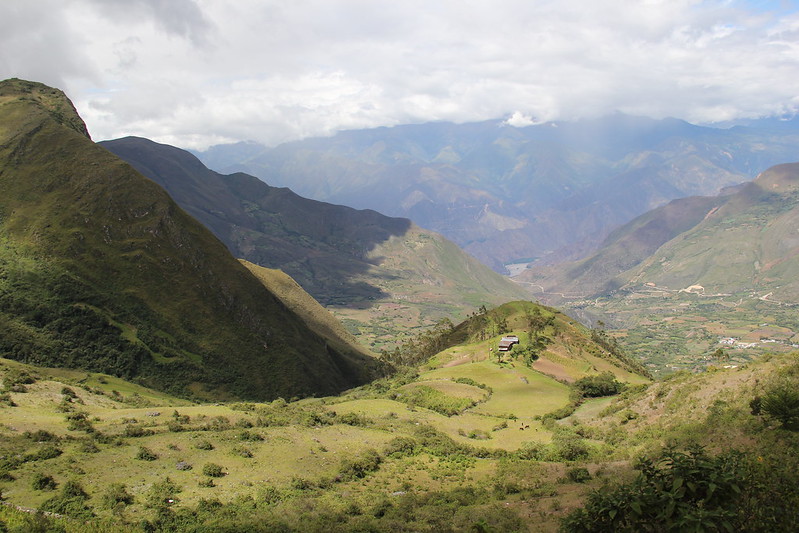
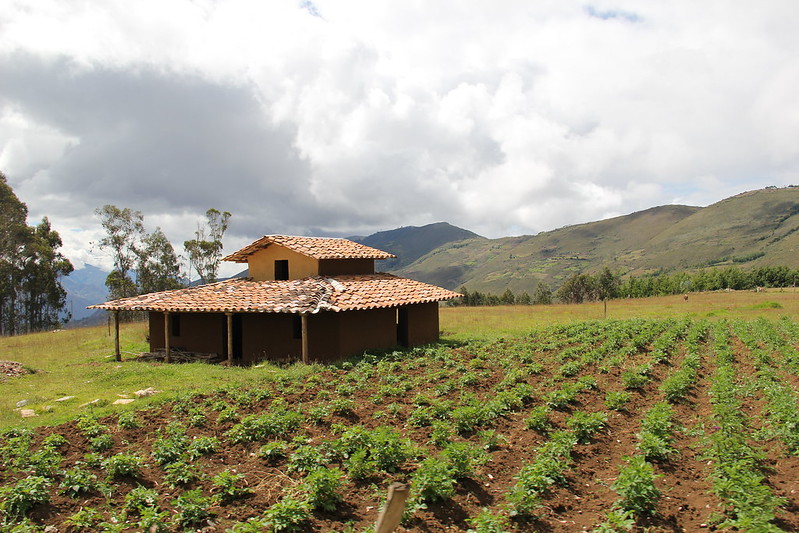





9 Comments
Last year in Morocco I was in a bus where there driver was driving like a maniac. Apparently he was late, and could get fined for that. So apparently that was an excuse to drive 130 k/hr across narrow mountain roads. People in the bus got violenlt sick because of his behaviour, we were not amused. Lucky for us there were some Moroccan people on the bus who forced him to stop the bus at some point and give him a good talking to. I was so happy to reach my destination that day.
(Found you through SundayTraveler)
Oh no that sounds scary! And so irresponsible of the driver…at least ours was careful in light of the circumstances.
This must have been such a thrilling experience – I’m sure I’d have been quite frightened but it’s great that the driver managed to keep you guys calm enough to enjoy these views – they look so stunning!
Wow, that sounds way too frightening. I haven’t been on too scary of a drive thankfully. The closest was probably through the mountains of northern Italy during a snow storm on a bus. The roads were really icy and slippery. The ride just took a lot longer than expected, but we managed okay. The driver was fantastic!
Yes it’s always comforting to know that you’ve got a good driver, especially as, in Peru, you hear so many scare stories about drivers working long hours and being over-tired. Much as I did love the ride (once my nerves had settled a little), I was so pleased when we reached our final destination 🙂
The new highway from Cajamarca to Celendin is now complete. It is all a wide 2 lane paved highway with good signs. I drove from Cajamarca to Celendin and back yesterday, it’s about 2 hours each way.
Maybe that was the reason we got diverted just outside Celendin – because they were in the process of building it back then!
Love this post. I’m definitely making the journey now!
It’s totally worth it if your nerves can handle it! Are you exploring Peru at the moment or do you have a trip planned?